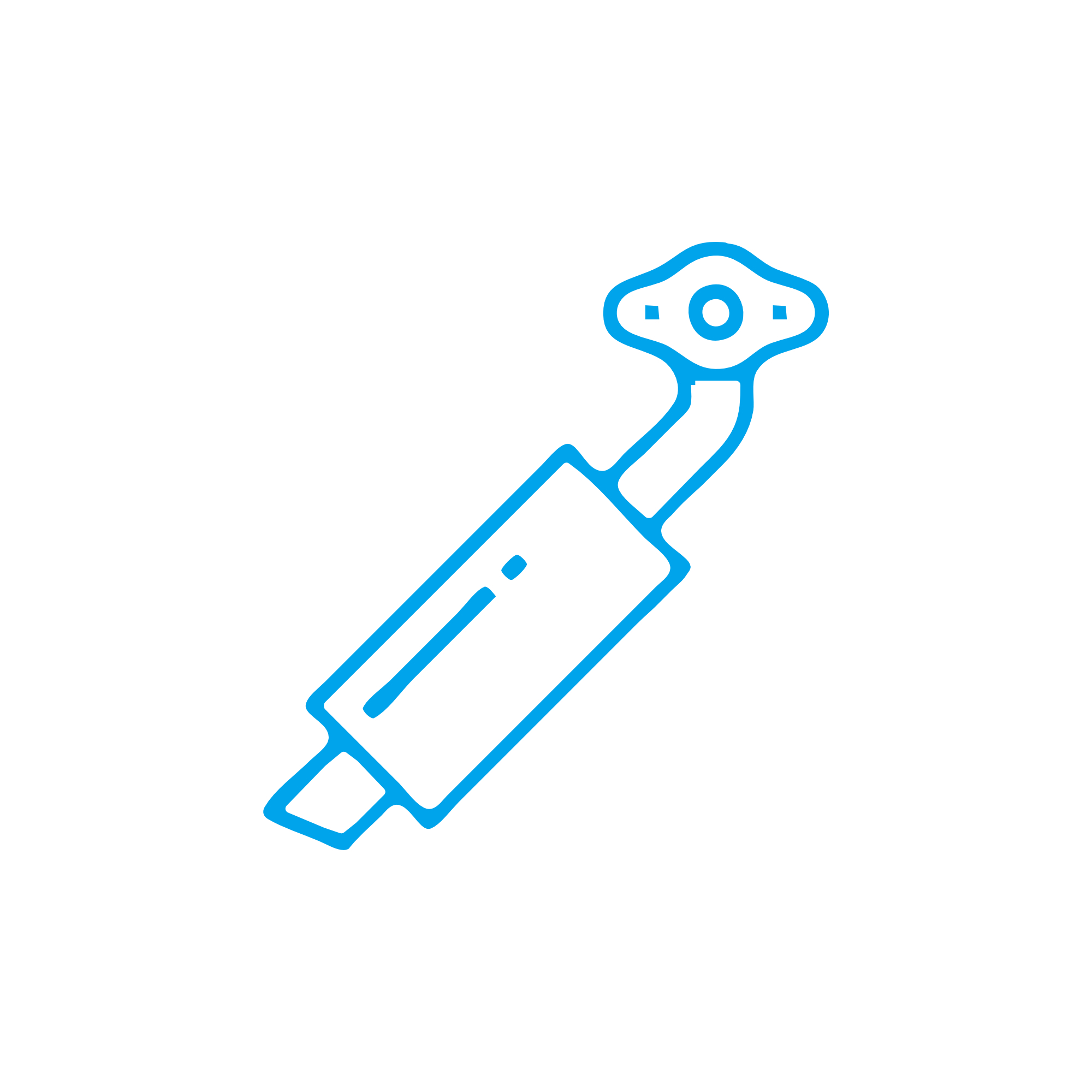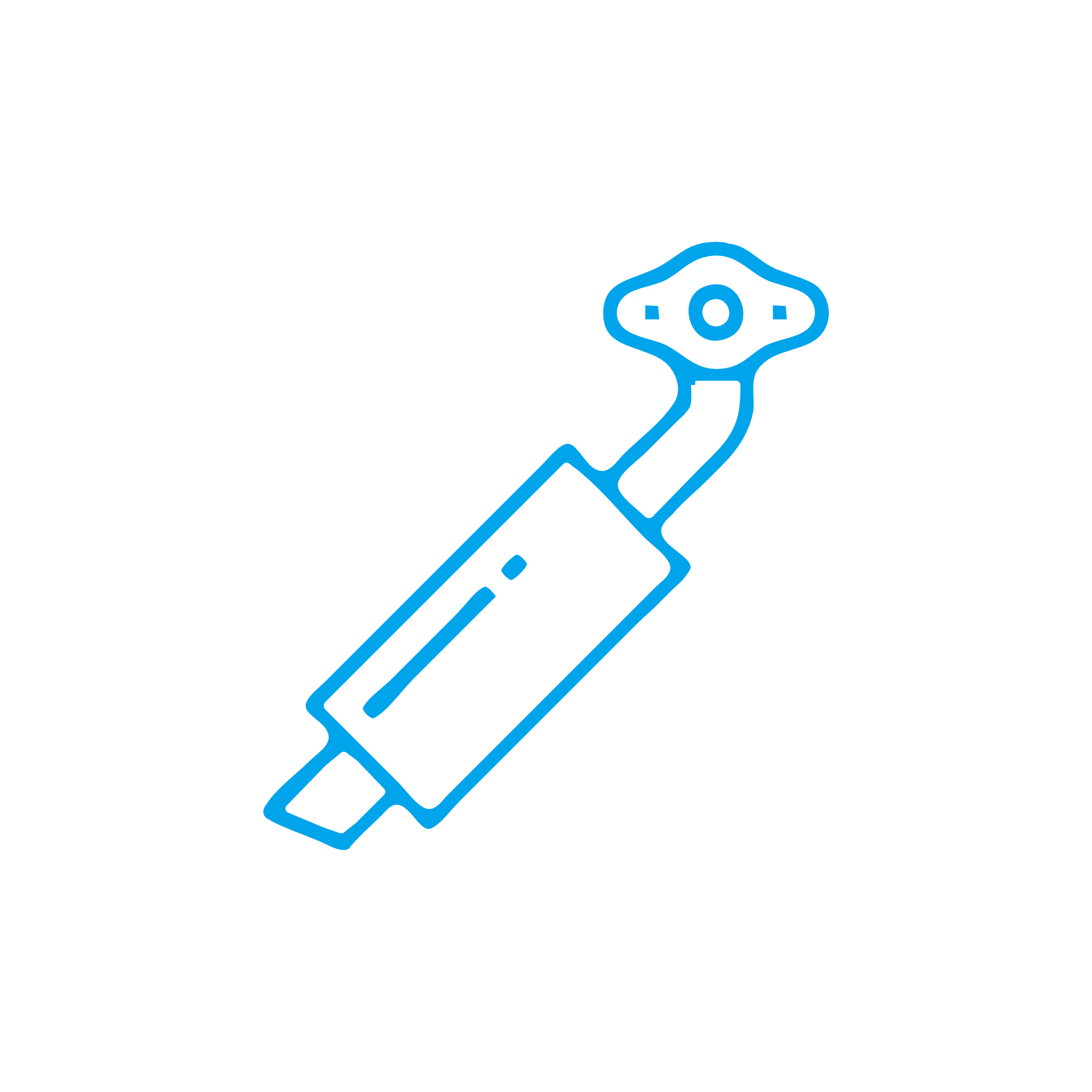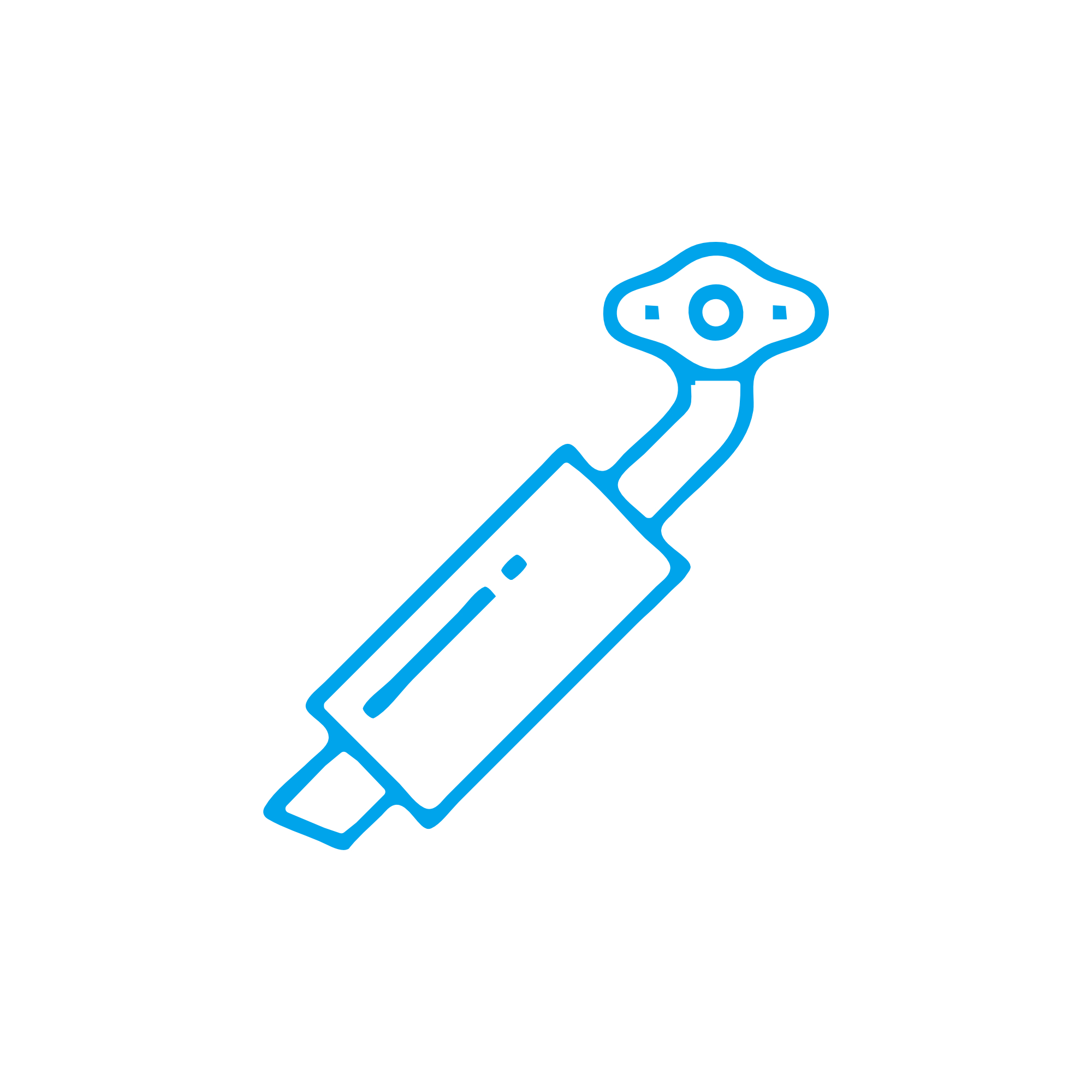EXHAUST PIPE Exhaust System Components for Diesel and Gas Engines
The Exhaust system is a critical assembly that channels hot combustion gases safely away from the engine while managing temperature, noise, and emissions. From turbocharger outlets to silencers and overboard discharge, every EXHAUST PIPE section and connection determines how effectively an engine breathes. In marine and stationary power applications, a well-designed exhaust system protects equipment, personnel, and surrounding structures, and it directly influences output, fuel economy, and regulatory compliance.
Technical function of the Exhaust system and the EXHAUST PIPE in marine engine and diesel engine operation
In a diesel engine or marine engine, the exhaust system starts at the manifold and turbine housing and continues through EXHAUST PIPE runs, elbows, expansion joints, risers, mixers, silencers, aftertreatment units (DOC/DPF/SCR), spark arrestors, and the outlet. Its primary jobs are to carry away high-temperature gases, preserve the energy needed to drive the turbocharger, minimize backpressure, reduce radiated noise, and protect surrounding equipment from heat. Precision in EXHAUST PIPE geometry—diameter, bend radius, and length—controls pressure drop and gas velocity, helping the turbo operate within its efficiency range and safeguarding peak cylinder temperatures.
In a dry-insulated configuration often used in land-based generator sets, the EXHAUST PIPE is thermally insulated to retain heat for turbocharger efficiency and potential waste heat recovery. In marine engine wet exhaust layouts, water is injected downstream via mixers to reduce temperature and noise; risers, goosenecks, and water locks prevent seawater backflow. Across both layouts, flexible bellows and properly spaced supports accommodate thermal expansion and hull or skid vibrations, preventing stress transfer to the turbine or manifold.
Material selection is equally important. Austenitic stainless steels (e.g., 316L, 321/347) and high-nickel alloys are chosen for corrosion resistance against sulfuric acid condensation and chloride-rich environments. Quality welds, correctly rated gaskets, and gas-tight joints prevent leaks that can endanger personnel and compromise performance. With EXHAUST PIPE OEM parts, the dimensional tolerances and metallurgy match engine-maker specifications, keeping backpressure within specified limits and ensuring consistent aftertreatment performance.
- · Low backpressure to protect power and fuel efficiency.
- · Corrosion-resistant materials for heat, SOx/NOx, and seawater exposure.
- · Thermal insulation to reduce surface temperatures and fire risk.
- · Expansion joints/bellows to absorb thermal growth and vibration.
- · Noise attenuation via silencers and, if required, spark arrestors.
- · Seamless integration with DOC/DPF/SCR for emissions compliance.
- · Precise flanges and alignment for leak-free turbocharger interfaces.
- · Modular elbows and sections for faster maintenance and retrofit.
- · Drain points and anti-siphon features in wet marine exhausts.
- · Documented pressure/temperature ratings for safe operation.
Why the Exhaust system is vital for reliability and service life
A healthy exhaust system safeguards the entire engine. Excessive backpressure—caused by undersized EXHAUST PIPE sections, clogged silencers, or fouled aftertreatment—raises exhaust gas temperature (EGT), accelerates valve and turbo wear, and erodes fuel efficiency. Leaks at flanges or bellows allow hot gas jets that can char insulation, trigger alarms, and pose safety risks. In marine engine wet exhausts, corroded mixers or risers can allow water intrusion that leads to hydro-lock and catastrophic damage.
Poor alignment or inadequate supports can crack turbine outlets and manifolds. Deteriorated insulation increases ambient heat load in engine rooms, stressing electrical equipment and raising ventilation demand. Compromised EXHAUST PIPE geometry disturbs gas pulse energy, reducing turbocharger responsiveness and potentially degrading SCR conversion efficiency through temperature or flow maldistribution. These issues shorten service intervals, increase unplanned downtime, and threaten compliance with class or environmental standards.
Typical failure modes and warning signs
Common issues include fatigue cracks near weld toes, bellows failure from vibration, warped flanges causing gasket blow-by, internal corrosion in wet sections, and soot or urea deposit build-up that elevates differential pressure. Warning signs are rising stack opacity, EGT imbalance between cylinders, high Δp across DPF/SCR, exhaust odor in machinery spaces, and escalating fuel consumption under comparable loads. Proactive inspection of supports, hangers, drains, and insulation, combined with periodic leak checks and thermal surveys, prevents escalation.
Advantages of OEM spare parts suitable for the Exhaust system
Choosing OEM spare parts for the Exhaust system ensures that every EXHAUST PIPE, elbow, and bellows adheres to validated dimensions, wall thickness, and material grades. That precision preserves designed backpressure and flow velocity, sustaining turbocharger efficiency and protecting peak cylinder pressure margins. Weld procedures, heat treatments, and coatings are qualified for the temperature and corrosion profiles expected in diesel engine and marine engine duty cycles.
With EXHAUST PIPE OEM parts, interfaces match perfectly—flanges align, gaskets seat correctly, and supports fit without improvisation. This reduces installation time, lowers rework risk, and minimizes downtime costs. Traceable documentation and testing records (e.g., pressure and leak tests) provide confidence that components will achieve their intended service life. The net result is dependable performance, predictable maintenance planning, and better budget control across the asset lifecycle.
MOPA as a partner for OEM spare parts Exhaust system
MOPA is an experienced and reliable partner for OEM spare parts Exhaust system. We source and supply EXHAUST PIPE components, risers, bellows, silencers, mixers, and aftertreatment connections with a focus on speed, quality, and security in the trade of OEM parts for diesel and gas engines. Our team supports part identification from engine serials and drawings, manages logistics to minimize lead times, and provides documentation to simplify class and compliance processes.
Whether you operate a fleet of vessels or a portfolio of power generation assets, MOPA delivers consistent availability and technical clarity—so your exhaust systems stay aligned with engine-maker specifications and your engines run at target efficiency.
Conclusion on EXHAUST PIPE Exhaust System and OEM parts
The Exhaust system—and every EXHAUST PIPE within it—directly affects power, efficiency, emissions, and safety. Correct design and upkeep protect the turbocharger, stabilize backpressure, and extend component life. OEM spare parts suitable for the Exhaust system maintain the precise fit and performance your engine was built for, helping you control costs and reduce downtime while meeting operational and regulatory demands.




